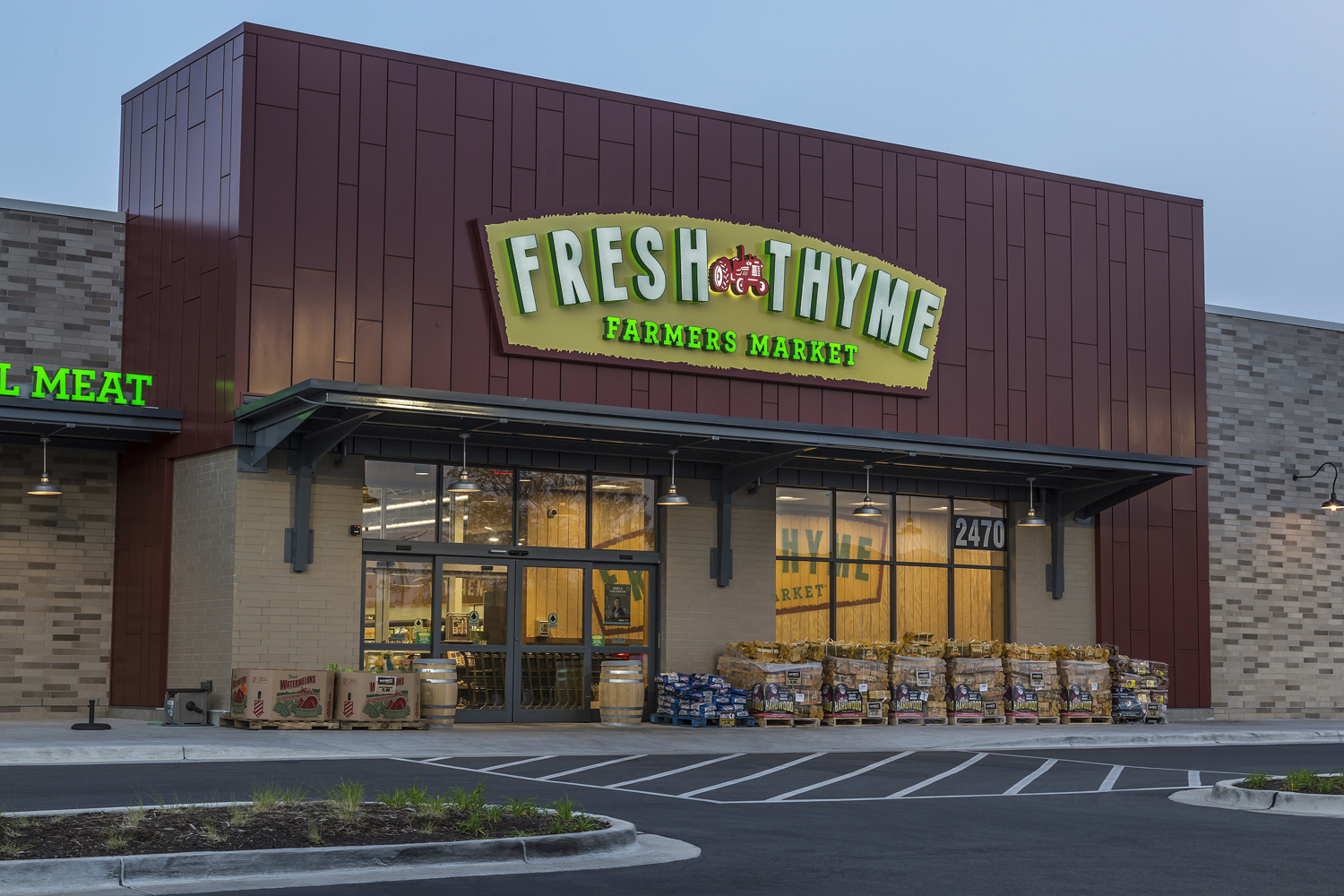

In recent years, the application of bio-fertilizer and stress-modulating nanoparticles (NPs) is known as one of the eco-friendly strategies for improving plants quantity and quality under stressful conditions.

Request a demo today.Water stress is one of the critical abiotic stresses and limiting factors in the productivity of plants, especially in arid and semi-arid regions. Leveraging fresh-first tech to drive transformation isn’t just smart, it’s the next step in revolutionizing fresh.

Produce managers need a Fresh Operating System that empowers them to place accurate orders faster so they can focus on creating truly customer-centric fresh departments instead of counting boxes in the backroom.īetter fresh departments lead to happier customers and bigger profits. See the results Fresh Thyme achieved after rolling out store-level replenishment.įor supermarkets, fresh departments are the strategic center of the store, where customer loyalty is gained and lost. For employees, that means more time to focus on quality and customers. Recommendations help store teams place orders that go straight to the shelves and skip the backroom altogether. Tools that make it easy to create truck-to-shelf orders Afresh is so accurate and intuitive that store teams stick to it at a rate of 98%.Technology built to adapt to messy data and dynamic merchandising Afresh lets users adjust display sizes directly in the app, which then updates the order recommendations so displays stay stocked without risking food going bad.An approach that eliminates reliance on perpetual inventory Afresh collects information from store team inputs, sales data, shipments, and more to get accurate inventory and provide AI-driven order recommendations fresh departments can trust.Our solution transforms fresh departments with: Stores that use Afresh are able to run leaner backrooms without risking stockouts and they eliminate shrink along the way, too. Excess backroom stock that leads to shorter on-shelf time Overordering and human error are two of the causes of heavy backrooms, making it tough for individuals to keep track of what’s actually in stock before the product has passed its sellable date.įresh managers need a solution that leverages machine learning and store-level data to make their long list of complex tasks faster, easier, and more accurate.Inability to adjust ordering for changed display sizes Product displays are dynamic-they change with seasons and promotional calendars, and teams have to balance demand with perishability which can be difficult when orders are larger than truly necessary.A high level of ordering inaccuracy leads to more work for store teams and a hit to the bottom line. Perpetual inventory systems that are perpetually wrong Rigid and inaccurate systems that rely on time-consuming scan outs and weigh outs just doesn't cut it anymore.Supermarkets face a few challenges when it comes to minimizing shrinkage. Historically, grocers who’ve reduced shrink ended up compromising with emptier shelves. Why? Because, until now, a truly adaptable tool that addresses the everyday complexities of fresh food just hasn't been available.Īfresh’s AI engine makes some of the most complex perimeter department tasks easier, empowering store teams with an easy-to-use, AI-driven solution that helps grocery stores to increase profits and minimize their impact on the planet, too. Even as fresh food gains more focus among consumers, technology for stores has failed in fresh. For decades, fresh department managers have had the difficult task of avoiding stockouts while reducing shrink-a seemingly impossible goal for even the most seasoned experts.


 0 kommentar(er)
0 kommentar(er)
